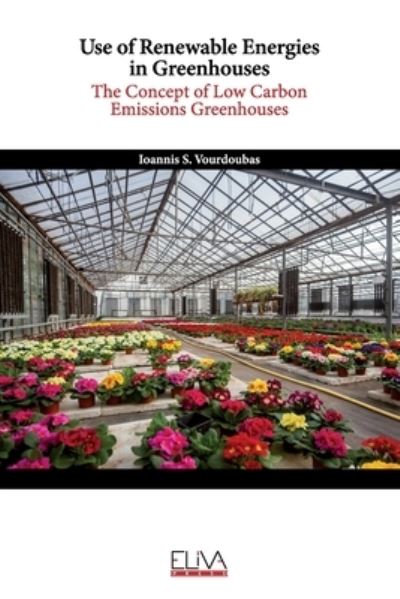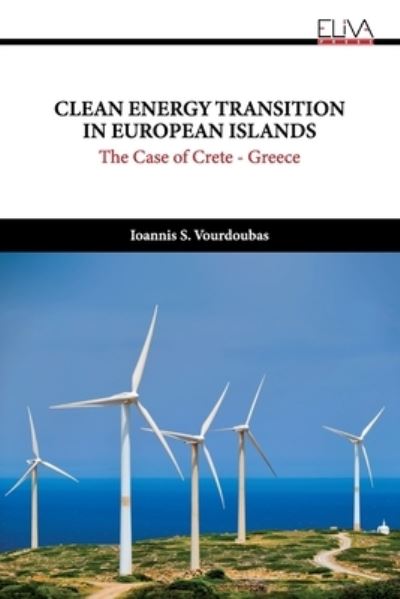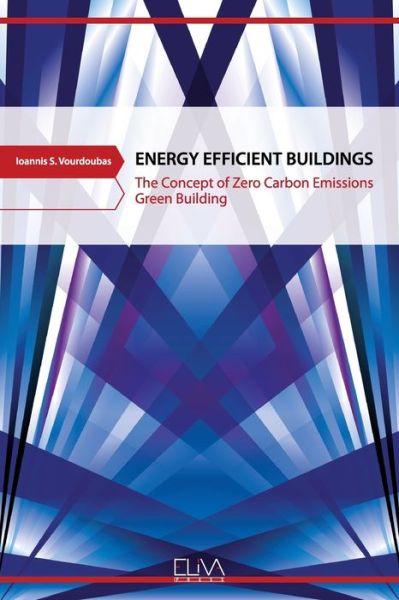
Tell your friends about this item:
Use of Renewable Energies in Greenhouses: The Concept of Low Carbon Emissions Greenhouses
Ioannis S Vourdoubas
Use of Renewable Energies in Greenhouses: The Concept of Low Carbon Emissions Greenhouses
Ioannis S Vourdoubas
Agricultural greenhouses are energy intensive food production systems. The majority of them use fossil fuels and electricity mainly derived by them while renewable energies have limited applications in greenhouses so far. The necessity to mitigate climate change requires the replacement of fossil fuels with renewable energies and low carbon energy technologies. Due to current advances in benign energy technologies many of them are now mature, reliable and cost efficient. They can be used in greenhouses providing heat, cooling and electricity. Application of sustainable energy technologies in greenhouses results in many economic, environmental and social benefits. Utilization of endogenous renewable energy resources replacing fossil fuels is beneficial in many countries. Manufacturing and installing renewable energy systems assists the growth of local energy companies while the production of fuels based on local biomass resources helps the growth of local enterprises. The first part of the book includes eight papers focused on applications of renewable energy technologies in greenhouses. The sustainable energy technologies mentioned in the first part of the book include the use of solid biomass, biogas, opaque and semi-transparent solar-PVs, wind turbines, fuel cells and industrial waste heat reuse. The second part of the book comprises eight papers concerning the possibility of vegetables and electricity co-production, the economic and environmental assessment of renewable energies use and the possibility of creating net zero carbon emissions greenhouses due to energy use. Use of benign energy technologies in food production systems complies with European and global targets for climate change mitigation as well as with the European target to become carbon neutral continent by 2050. The book covers an existing gap regarding the overall presentation of many sustainable energy technologies that are either used in greenhouses or they could be used in the future. It is useful to greenhouse owners as well as to engineers and energy companies. It is also useful to local authorities and policy makers who are developing sustainable energy plans reducing the carbon footprint in agriculture.
300 pages
| Media | Books Paperback Book (Book with soft cover and glued back) |
| Released | April 20, 2021 |
| ISBN13 | 9781636481746 |
| Publishers | Eliva Press |
| Pages | 300 |
| Dimensions | 152 × 229 × 16 mm · 404 g |
| Language | English |

 Christmas presents can be returned until 31 January
Christmas presents can be returned until 31 January




